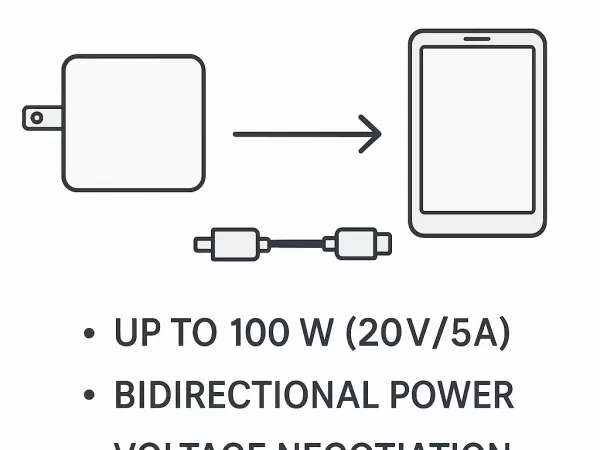What is USB-C Power Delivery 3.0?

Power Delivery 3.0, is an even more robust standard than PD 2.0. It allows the same charging rates as PD 2.0 but does so more efficiently, and is better for battery life.
Where Power Delivery 2.0 changed the "rules" of the USB charging game, Power Delivery 3.0 focused on improving information about the charging taking place. PD 3.0 chargers and compliant devices can communicate far more effectively, letting each other know if there is a problem with the device, whether temperatures are rising too high, or if there is an unexpected drop in charging speed for some reason.
This is really important for diagnostics, as well as the dynamic management of charging. Power Delivery 3.0 allows for much finer control of VBUS power (an important component of USB power management). This is important because it allows the charger and device to negotiate the optimal charging rate while increasing battery longevity.
Take a look at the specs of a charger before you make a purchase to determine whether it supports Power Delivery. If it does, you know that you’re getting the latest in safe & fast charging abilities. In 2018 the USB governing body, the USB Implementers Forum, instigated a new naming convention where chargers that could support PD 3.0 over USB-C could be designated as Certified USB Fast Chargers so you can also keep your eye out for that certification.
✅ USB-C PD 3.0 core features:
1.Higher power output:
2.Bidirectional power supply:
Supports bidirectional power supply between devices (such as laptops powering mobile hard drives, or mobile power banks charging mobile phones).
3.Intelligent voltage negotiation:
Can negotiate between multiple voltage levels (5V, 9V, 15V, 20V), automatically selecting the most suitable voltage and current.
4.Support PPS (Programmable Power Supply) function:
Some PD 3.0 devices support PPS, which can adjust the voltage in more detailed steps (such as 20mV) to improve charging efficiency and device life.
5.Wide compatibility:
Backward compatible with USB-C PD 2.0 and conventional 5V USB charging, suitable for old devices.
Application scenarios:
Fast charging of mobile phones (such as Samsung, Xiaomi, Google Pixel, etc.)
Laptops (such as MacBook, Dell XPS, Lenovo Yoga, etc.)
Switch game consoles
Portable monitors
Mobile power and multi-port chargers